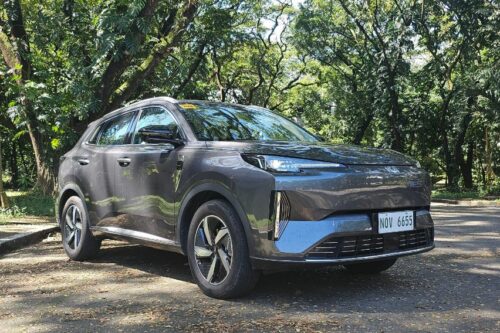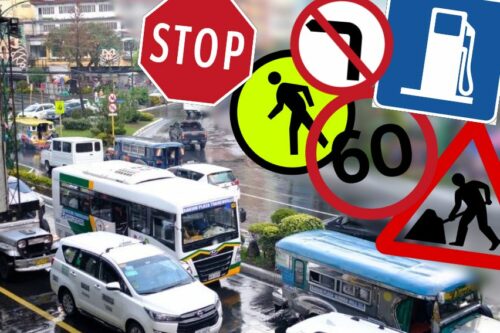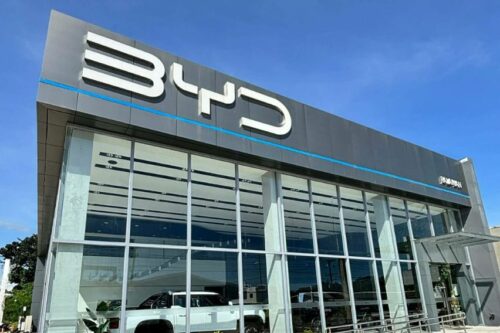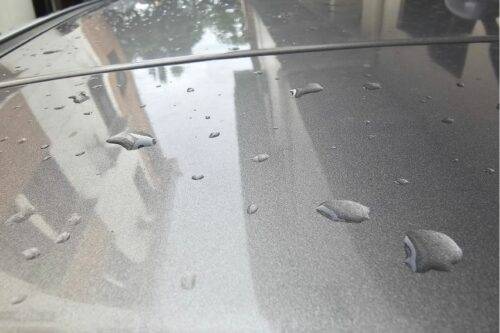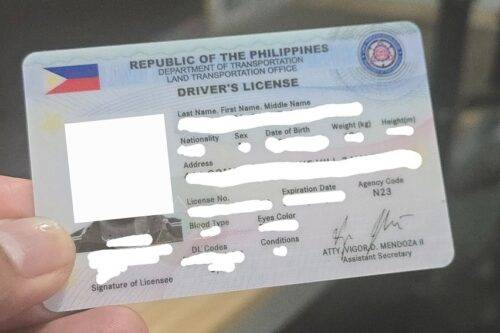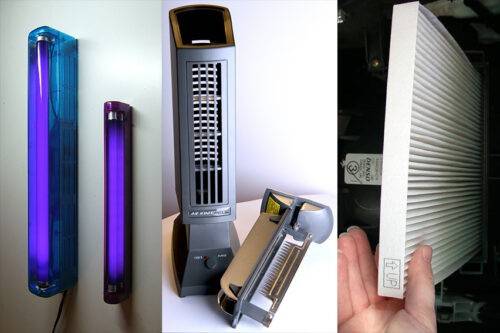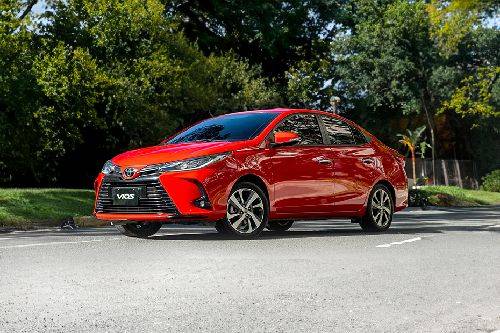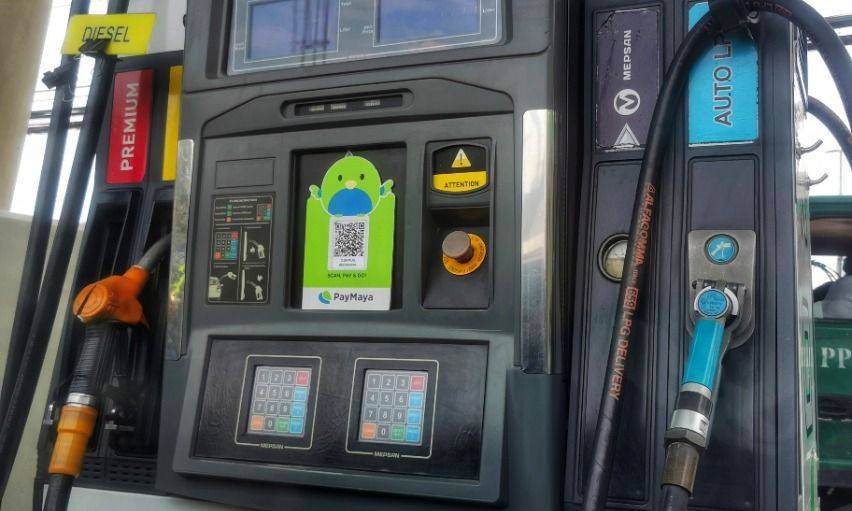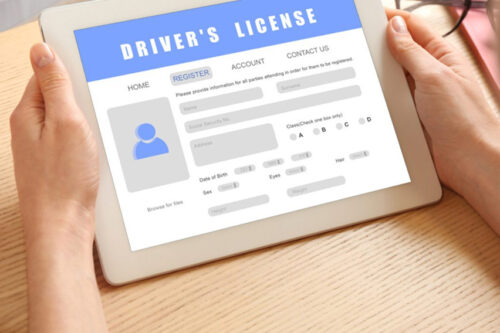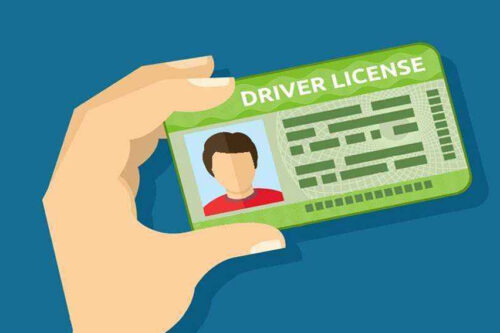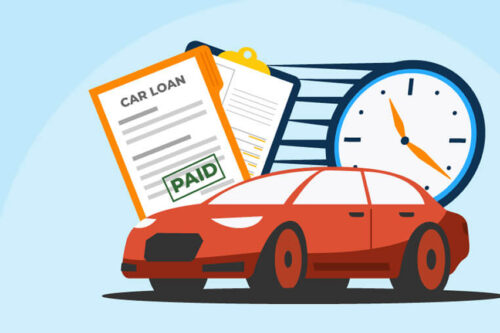LTO Motor Vehicle Registration & Renewal: Requirements, Fees, & Process

- KEY TAKEAWAYS
- Why are vehicle registration and renewal of registration important?
- How to register new vehicles
- Complete the requirements
- 2. Go to your local LTO branch.
- 3. Submit the requirements.
- 4. Submit the Motor Vehicle Inspection Report
- 5. Pay the vehicle registration fees.
- 6. Get your license plates, stickers, and Certificate of Registration.
- How to renew the registration of a vehicle
- How to renew vehicle registration online
- What happens if you fail to register or renew your vehicle?
- What is Motor Vehicle User’s Charge?
- Other fees
Apart from learning how to drive and getting your driver's license, it is also a must to register your vehicle with the Land Transportation Office (LTO).
KEY TAKEAWAYS
Why is LTO vehicle registration important?
If your vehicle is registered, it will be easier for the LTO to track the car and identify you as the owner in case it gets lost or gets involved in an accident. Vehicle registration also guarantees that the cars they authorize into our roads are safe to drive. It also prevents illegal vehicle ownership.Why is LTO vehicle registration renewal important?
Considering that the vehicle's condition can change over time, the LTO registration must be renewed. It will be determined if the car is still safe to drive before getting renewed.If you have already registered your vehicle, you must still make sure to renew your registration with the LTO. Penalties will await you if you fail to do so.
Why are vehicle registration and renewal of registration important?
If your vehicle is registered, it will be easier for the LTO to track the car and identify you as the owner in case it gets lost or gets involved in an accident.
In addition, vehicle registration guarantees that the cars they authorize into our roads are safe to drive, helping reduce car accidents caused by subpar vehicles. It also prevents illegal vehicle ownership.
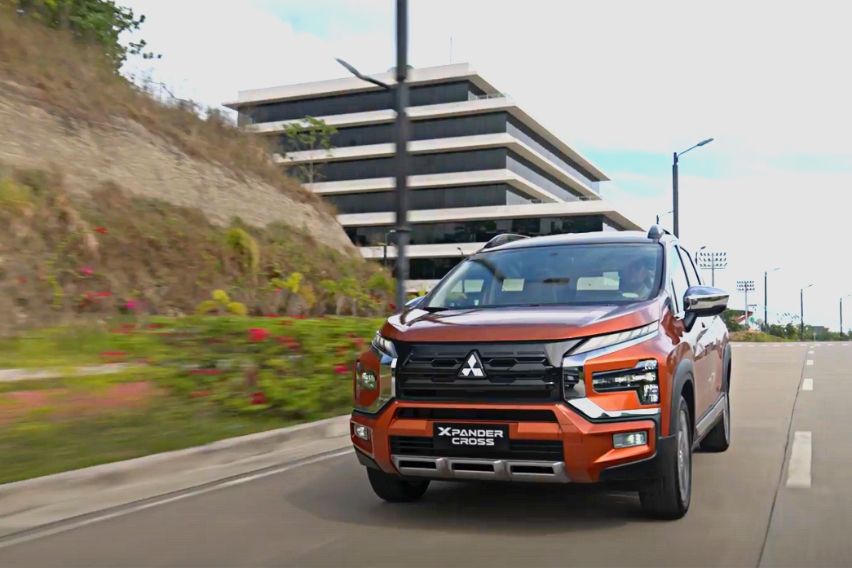
Considering that the vehicle's condition can change over time, the LTO registration must be renewed. It will be determined if the car is still safe to drive before getting renewed.
How to register new vehicles
Here in the Philippines, many dealers offer a free three-year LTO vehicle registration for a brand-new car. After the first three years of LTO registration, the owner of the vehicle should process the renewal on their own.
Car buyers are now given the authority by the LTO to monitor and report delays for registrations handled by dealers. Dealers must present the processing time of the vehicle registration, according to a memorandum issued by the LTO.

The memorandum also enumerates the steps that must be followed if the dealer processes the LTO registration:
- The customer buys the car.
- The dealer must complete the necessary procedure in two to three days.
- The dealer must report the sale and the initial registration process in one to two days.
- The LTO registers the vehicle and issues the Certificate of Registration, as well as the license plate number.
- The dealer gets in touch with the car owner to schedule the acquisition of their OR/CR and license plate in one to two days.
Also read: Can you drive your brand-new car without an OR/CR?
If you will register your new vehicle on your own, follow these steps:
Here are the requirements that you need to submit to the LTO for new vehicle registration:
|
Vehicle Type |
Requirements |
|
Brand-new locally assembled completely built units |
|
|
Brand-new imported completely built units |
|
|
Brand-new trailers |
|
|
Tax-exempt vehicles |
|
|
Imported second-hand vehicle exempted from Executive Order No. 877-A, s.2010 |
|
|
Second-hand vehicles from no-dollar importation |
|
|
Imported vehicles from donation |
|
|
Locally assembled electric vehicles |
|
|
Brand-new motorcycles with sidecars |
|
|
Vehicles reassembled with local body and a used imported engine |
|
|
Vehicles reassembled with chassis or body from previously registered cars |
|
|
Reassembled trucks or buses with new or used imported engines or chassis |
|
|
Reassembled trucks or buses with new or used imported engines or chassis and a previously registered part |
|
|
Reassembled trucks or buses with chassis acquired locally or from previously registered vehicles |
|
|
Imported vehicles purchased through public bidding |
|
|
Vehicles under bond |
|
|
Vehicles under written commitment |
|
2. Go to your local LTO branch.
Take note that not all LTO branches process registration of new vehicles.
3. Submit the requirements.
Go to the transaction counter and submit the requirements so they may assess and compute the fees.
4. Submit the Motor Vehicle Inspection Report
An LTO officer will inspect your car. Submit the Motor Vehicle Inspection Report afterward.
5. Pay the vehicle registration fees.
Here are the fees you should expect:
- Initial Fee - P1,000 per category
- Stickers and tags - P50 each
- Regular plate - P450
6. Get your license plates, stickers, and Certificate of Registration.
You may claim your license plates, stickers, Certificate of Registration, and other documentation at the releasing counter.
Keep in mind that registering your car is required before you drive it. The “No Registration, No Travel” policy of the LTO bans the operation of any vehicle without a license plate. Never skip the LTO vehicle registration process to avoid serious penalties.
How to renew the registration of a vehicle
The initial LTO vehicle registration is only valid for three years. You must renew it on time to avoid paying a weekly fine of P200.

A plate number-based system is followed by the LTO to determine when to renew the vehicle registration. The month you need to renew your vehicle is represented by the last digit of your license plate number.
|
Month |
Last Digit of Plate Number |
|
January |
1 |
|
February |
2 |
|
March |
3 |
|
April |
4 |
|
May |
5 |
|
June |
6 |
|
July |
7 |
|
August |
8 |
|
September |
9 |
|
October |
0 |
Meanwhile, the second-to-the-last digit of your license plate number pertains to the week by which you must renew your vehicle's registration.
|
Week |
Second-to-the-Last Digit of Plate Number |
|
1st to 7th working day |
1, 2, and 3 |
|
8th to 14th working day |
4, 5, and 6 |
|
15th to 21st working day |
7 and 8 |
|
22nd to the last working day |
9 and 0 |
Here are the general requirements for the renewal of vehicle registration:
- LTO copy or electronically transmitted Insurance Certificate of Cover (Third Party Liability)
- Certificate of Emission Compliance
- Motor Vehicle Inspection Report
- Early warning device
Each vehicle type also has a particular set of additional required documents.
|
Vehicle Type |
Requirements |
|
Private vehicles |
|
|
Vehicles for hire |
|
|
Government vehicles |
|
|
Diplomatic vehicles |
|
|
Other exempt motor vehicles (OEV) (Vehicles from Subic Bay Metropolitan Authority, Clark Development Corporation, and Cagayan Export Zone Authority) |
|
|
Stolen and recovered vehicles |
|
The LTO renewal fees are the same as those for initial registration, but there is an additional P400 renewal fee.
How to renew vehicle registration online
See our detailed guide here.
What happens if you fail to register or renew your vehicle?
If you are caught driving an unregistered car, there will be a fine of up to P10,000.
If you are caught driving a vehicle that is unregistered for more than a month, they will impound your car until you register it and pay the fines you have accrued for driving it.
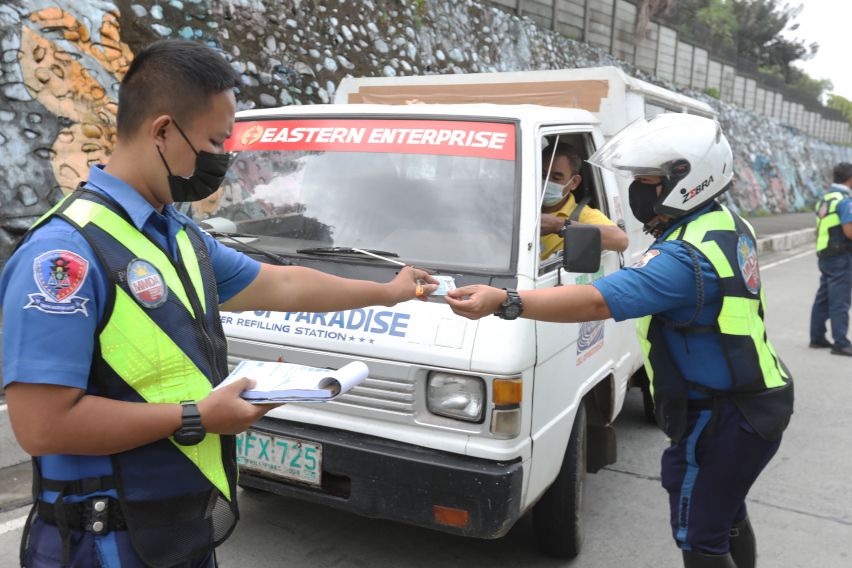
The fine for driving an unregistered car may vary depending on the vehicle type, how long the vehicle has been unregistered, and whether you have committed any traffic violation or not.
If you have not been apprehended for a traffic violation and have not registered your car for more than a year, the fine is often equal to 50% of your Motor Vehicle User's Charge (MVUC) plus the registration fee.
Also read: Driving out? Remember these LTO violations and fines first
If you have a traffic violation, you must pay 50% of the MVUC plus the registration for each year you failed to register.
What is Motor Vehicle User’s Charge?
MVUC is determined by the gross vehicle mass (GWM) and the classification. Different MVUC is charged for cars registered in 2000 or earlier.
Here are the MVUCs for aged private vehicles:
(Note: A light vehicle is a passenger car with a GVM of up to 1,600 kilos, a medium vehicle has a GVM of 1,601 to 2,300 kilos, and a heavy vehicle has a GVM of 2,301 kilos or more.)
|
Category |
Model Year |
MVUC |
|
Light vehicle |
1995 to 2000 |
P2,000 |
|
1994 and older |
P1,400 |
|
|
Medium vehicle |
1997 to 2000 |
P6,000 |
|
1995 to 1996 |
P4,800 |
|
|
1994 and older |
P2,400 |
|
|
Heavy vehicle |
1995 to 2000 |
P12,000 |
|
1994 and older |
P5,600 |
Here are the MVUCs for private and government vehicles:
|
Vehicle Type |
MVUC |
|
Light vehicle |
P1,600 |
|
Medium vehicle |
P3,600 |
|
Heavy vehicle |
P8,000 |
|
Utility vehicle (GVM: 2,700 kilos and below) |
P2,000 |
|
Utility vehicle (GVM: 2,700 to 4,500 kilos) |
P2,000 + (P0.40 x GVM in excess of 2,700 kilos) |
|
SUV (GVM: 2,700 kilos and below) |
P2,000 |
|
SUV (GVM: 2,701 to 4,500 kilos) |
P2,000 + (P0.46 x GVM in excess of 2,700 kilos) |
|
Motorcycle without sidecars |
P240 |
|
Motorcycle with sidecars |
P300 |
|
Truck and truck bus (GVM: 4,501 kilos and above) |
P1,800 + (P0.24 x GVM in excess of 2,700 kilos) |
|
Trailer (GVM: 4,501 kilos and above) |
P0.24 x GVM |
Here are the MVUCs for vehicles for hire:
|
Vehicle Type |
MVUC |
|
Light vehicle |
P900 |
|
Medium vehicle |
P1,800 |
|
Heavy vehicle |
P5,000 |
|
Utility vehicle (GVM: 2,700 to 4,500 kilos) |
P0.30 x GVM |
|
SUV (GVM: 2,700 kilos and below) |
P2,300 |
|
SUV (GVM: 2,701 to 4,500 kilos) |
P2,300 + (P0.46 x GVM in excess of 2,700 kilos) |
|
Motorcycle |
P300 |
|
Truck and truck bus (GVM: 4,501 kilos and above) |
P0.30 x GVM |
|
Trailer (GVM: 4,501 kilos and above) |
P0.24 x GVM |
Other fees
Here are the other charges and fees you need to know about:
- Annotation of mortgage, attachment and other encumbrances or cancellation - P30
- Change classification - P30
- Change body design - P100
- Change color - P30
- Change engine - P30
- Change chassis - P30
- Change tire size - P30
- Change denomination - P30
- Change of venue of vehicle registration - P100
- Change to GVM - P30
- Deed of assignment fee - P100
- Late transfer penalty - P150 per transfer
- Confirmation, certification, or clearance fee - P30
- Duplicate copy of Official Receipt or Certificate of Registration - P30
- Transfer of vehicle ownership - P50 per transfer
- Revision of record - P30
- Storage fee - P45
- Replacement of validation stickers - P200
Photos from Land Transportation Office, Kent Flores, House of Investments, Roy Robles, and Metro Manila Development Authority
Sell your car at the best price
 Verified and genuine buyers
Verified and genuine buyers
Trending & Fresh Updates
- Latest
- Popular
You might also be interested in
- News
- Featured Stories
Featured Cars
- Latest
- Upcoming
- Popular
Latest Car Videos on Zigwheels

Car Articles From Carmudi
- journal
- advice
- financing
- insurance








